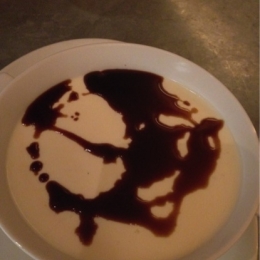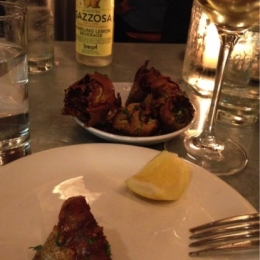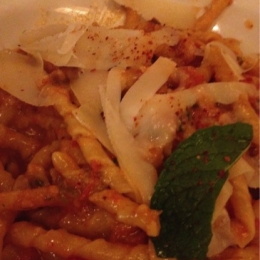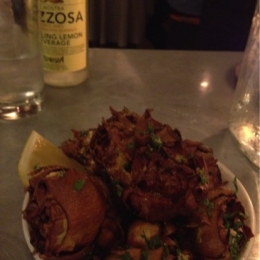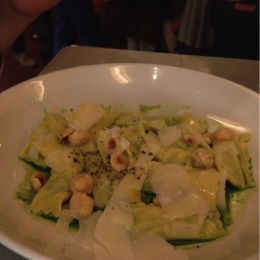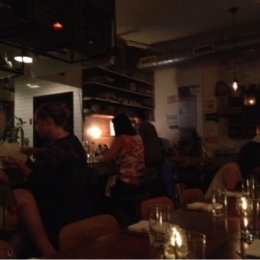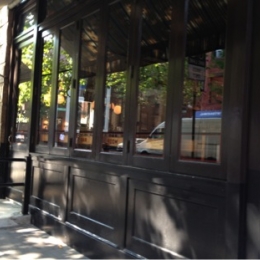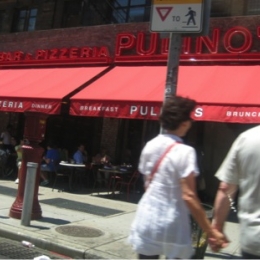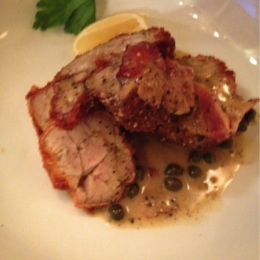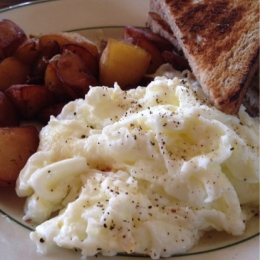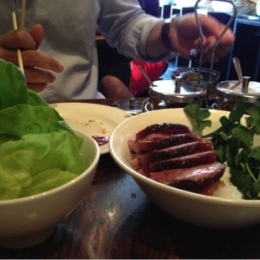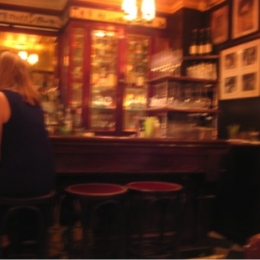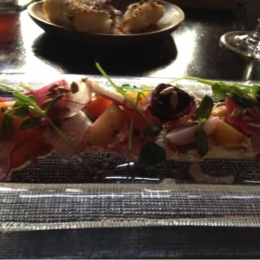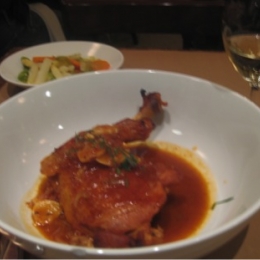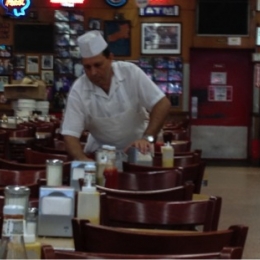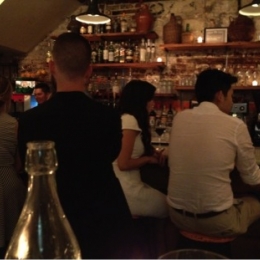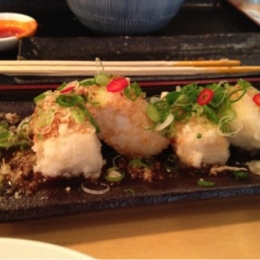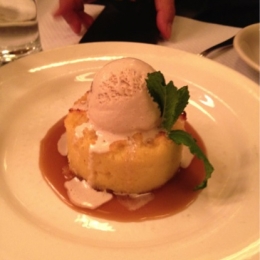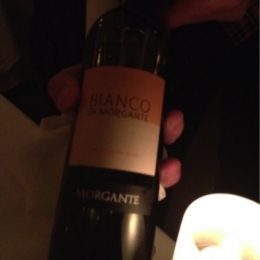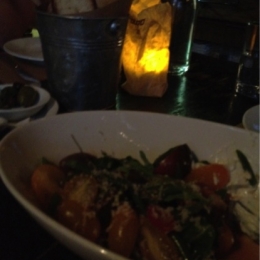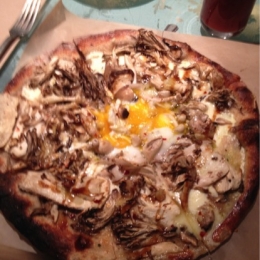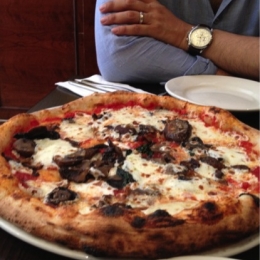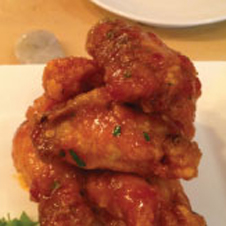EXCITING NEW FINDS
For some reason all of my visits to this outstanding rustic-market-restaurant have taken place in the middle of freak storms, but the minute I’m in, it’s moist land of another kind.
Seriously, and I can’t say it enough: everything from the boutique goodies (olive oils, pastes, lardo, carefully curated cheeses, crusty house made breads, flat out fantastic salumi) at the Alimentari grocery up front to the slices-of-Italy offerings at the Vineria wine bar and restaurant in back, is faultless. Ditto the harried but friendly service, the bustling, modern trattoria-style ambience.
For one, the food is as authentic as it gets, and by this—at the risk of echoing similarly enchanted reviewers—I mean the feeling of eating real Italian small town food, as though you’re right in the middle of it, with stuff coming out of the grocers and butchers and farms and olive groves next door.
The pastas are a case in point. If you’ve been to Umbria, say, as I have—twice, and for relatively long periods—you’ll find that the busiate imbued with anchovies, almond, capers and Dauna tomatoes recall a trattoria in Orvieto, or somewhere in the folds of medieval Gubbio.
Other offerings such as the orecchiette with housemade sausage, green onion and parmigiano, and pappardelle with braised lamb, Castelvetrano olives and parmigiano also have a decidedly bucolic, almost wintry quality—a solid durum or wheat-like texture that can get a little too heavy and monochromatic, especially in warmer climes. If that’s the case, go for the spaghetti with bottarga—ie. tangles of mullet roe-fied strands of spaghetti, creamy and littoral, or the Spaghetti al Nero, a distant nod to Chez Panisse with house cured salt cod, fennel, Meyer lemon and bread crumbs (which was my primi of choice one evening and was delicious.) You still get the thickness without the heft, and all the balance you need.
Since much of the Il Buco Alimentari e Vineria experience is about elbows on tables and eating off each other’s plates, you’ll do well with sharing the slow-roasted short ribs, brightened with olives, celery, walnuts and horseradish, or the wonderful roast porchetta alla Romana. But for the ultimate tribute to Roman classics, you have to go back to the starter menu, which is where the sensational crispy artichokes belong.
Nowadays they are everywhere—their revival somewhat attributed to Michael White at Marea—but here they come just the right side of frizzled, with preserved lemon on the side. Don’t miss other small gems like the mackerel crudo with lemon cucumber, avocado and Serrano chillies, or the salad of little gem lettuce that sparkles with anchovies, red onions, pickles and red radish.
At this point it would seem almost too much to report that another gem awaits—in the dessert compartment, no less—but the panna cotta is a minor work of art. Ask for the aged balsamic vinegar—you can’t find a classier counterpoint—to be served on the side, if only because the panna cotta itself, all snowy, silky and trembly, is pure perfection.
